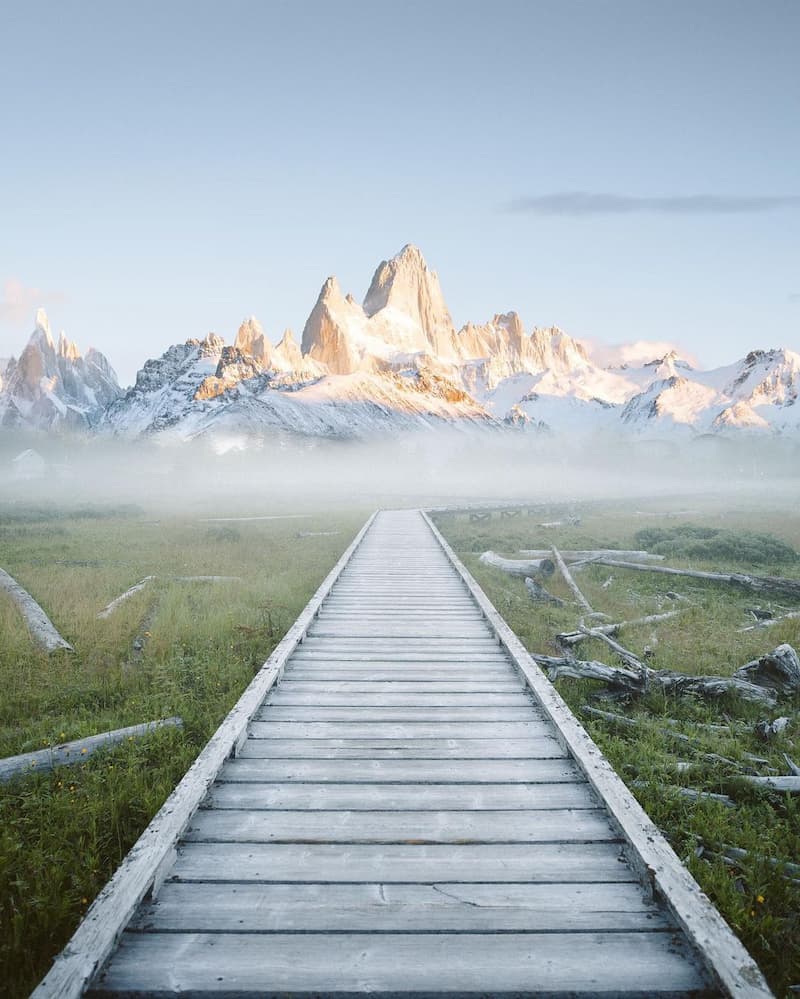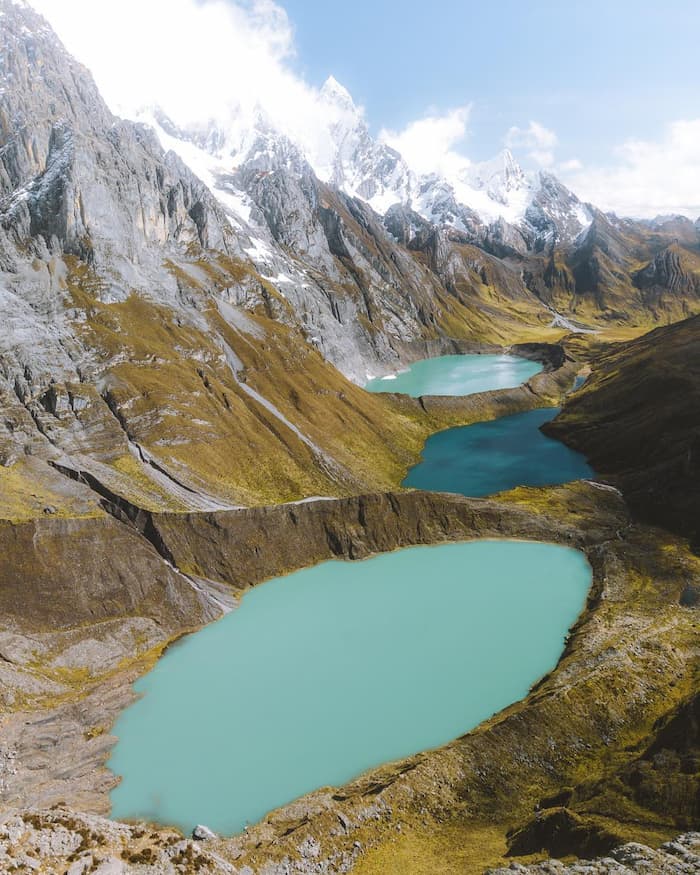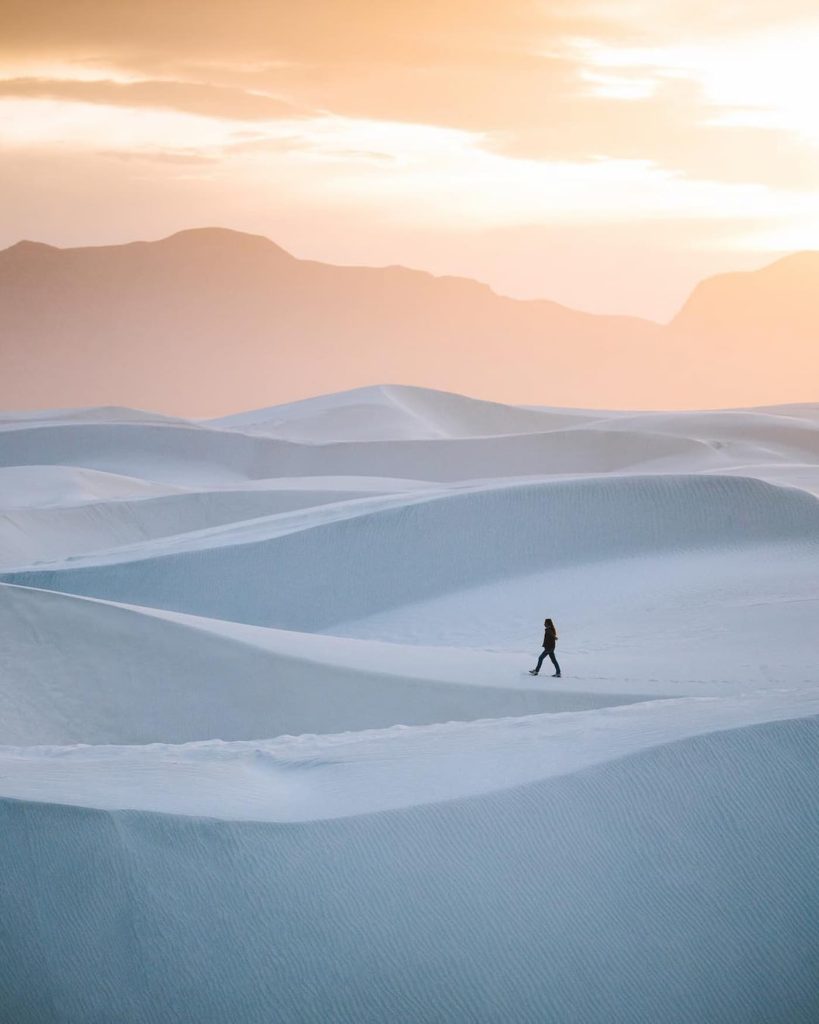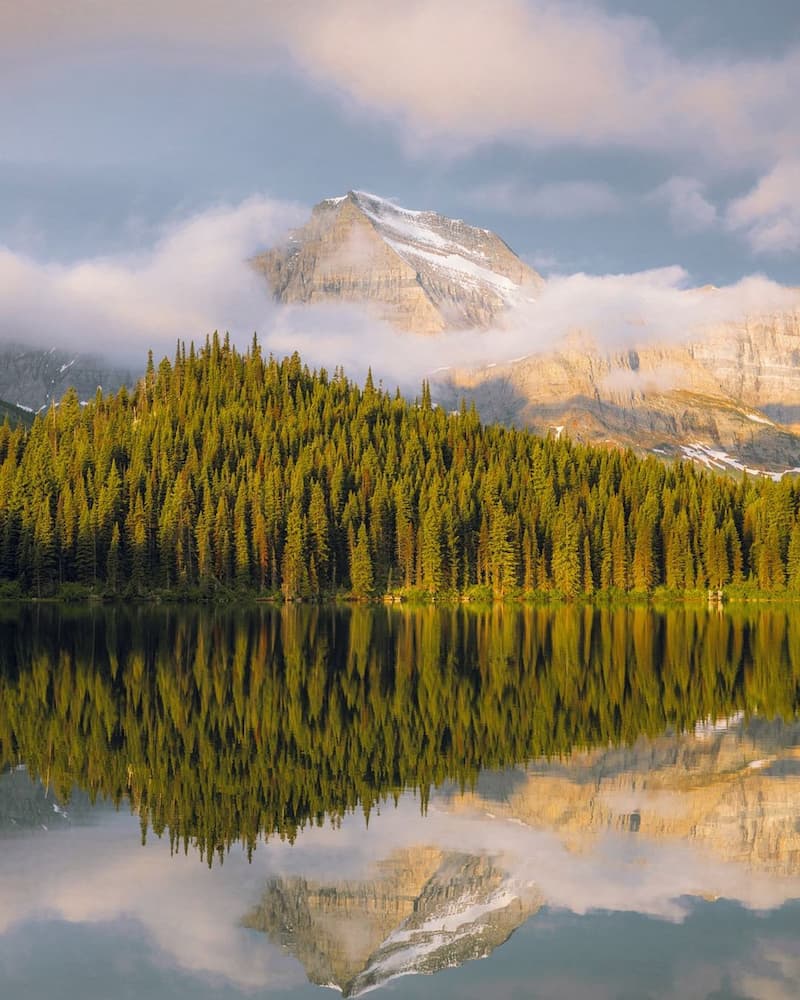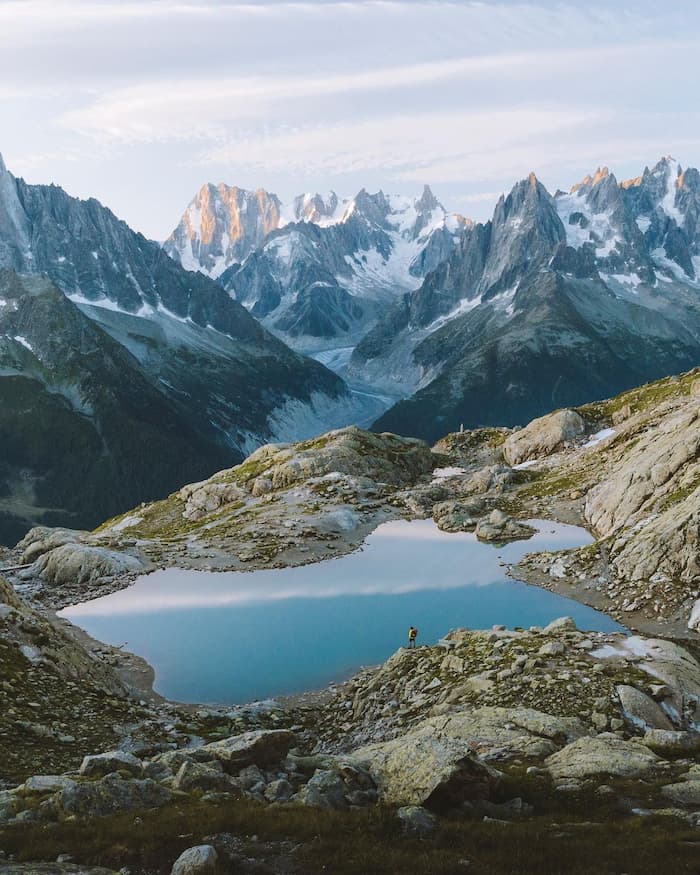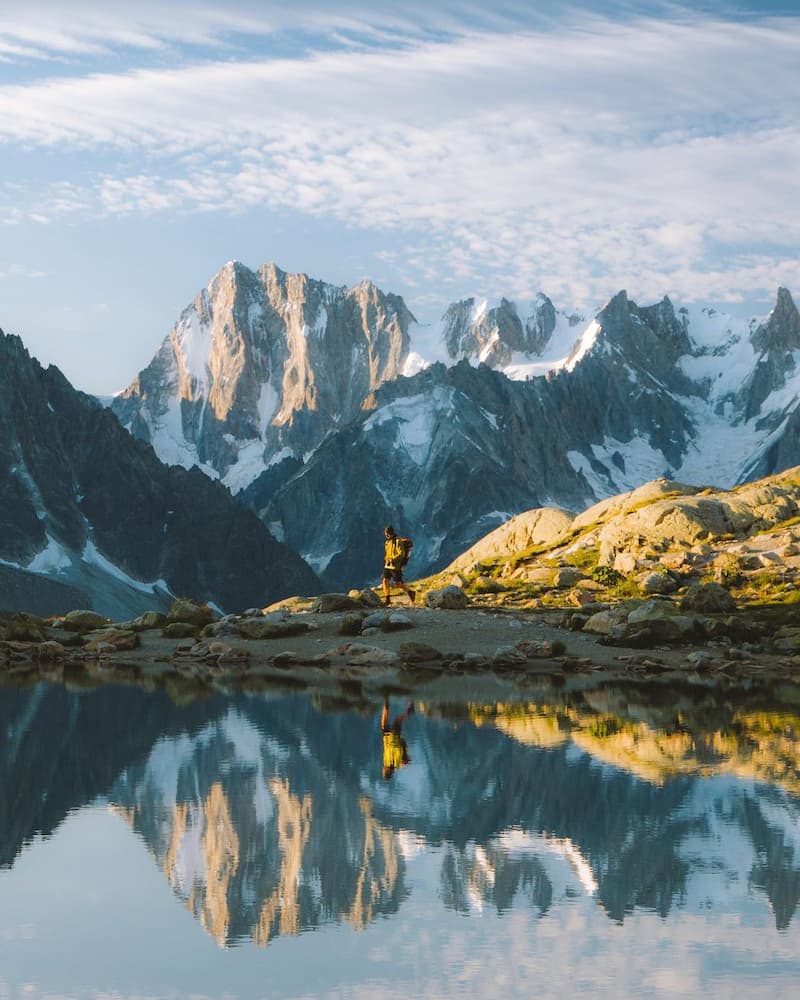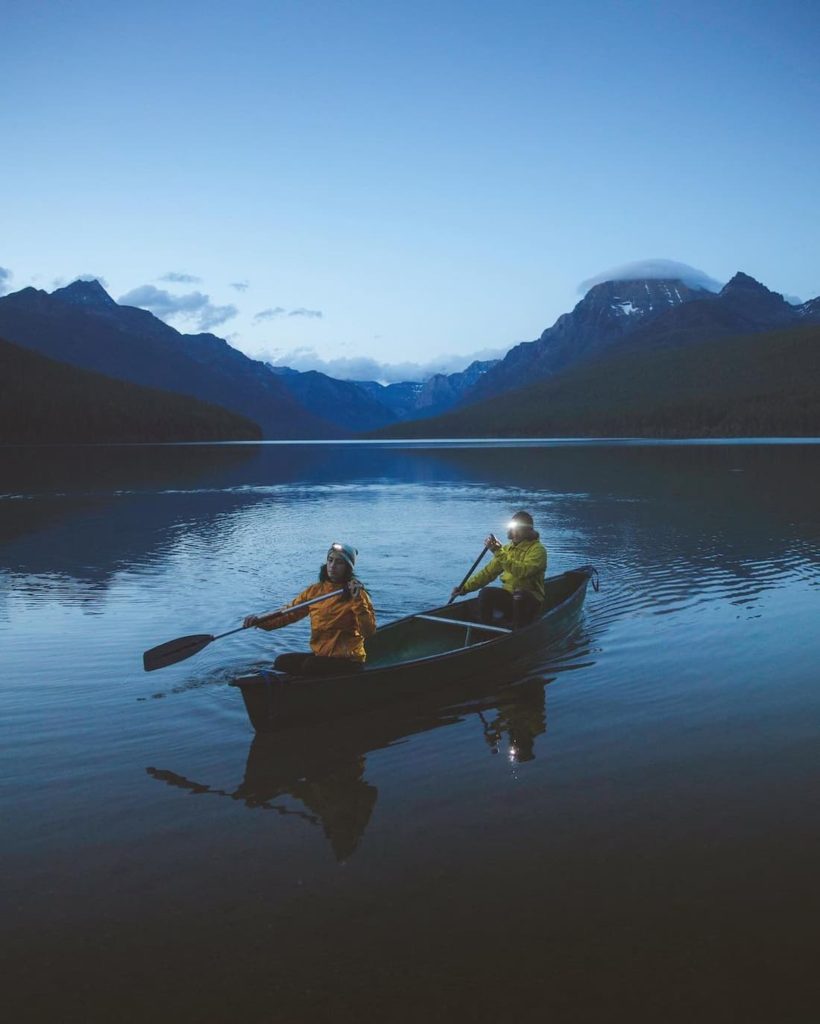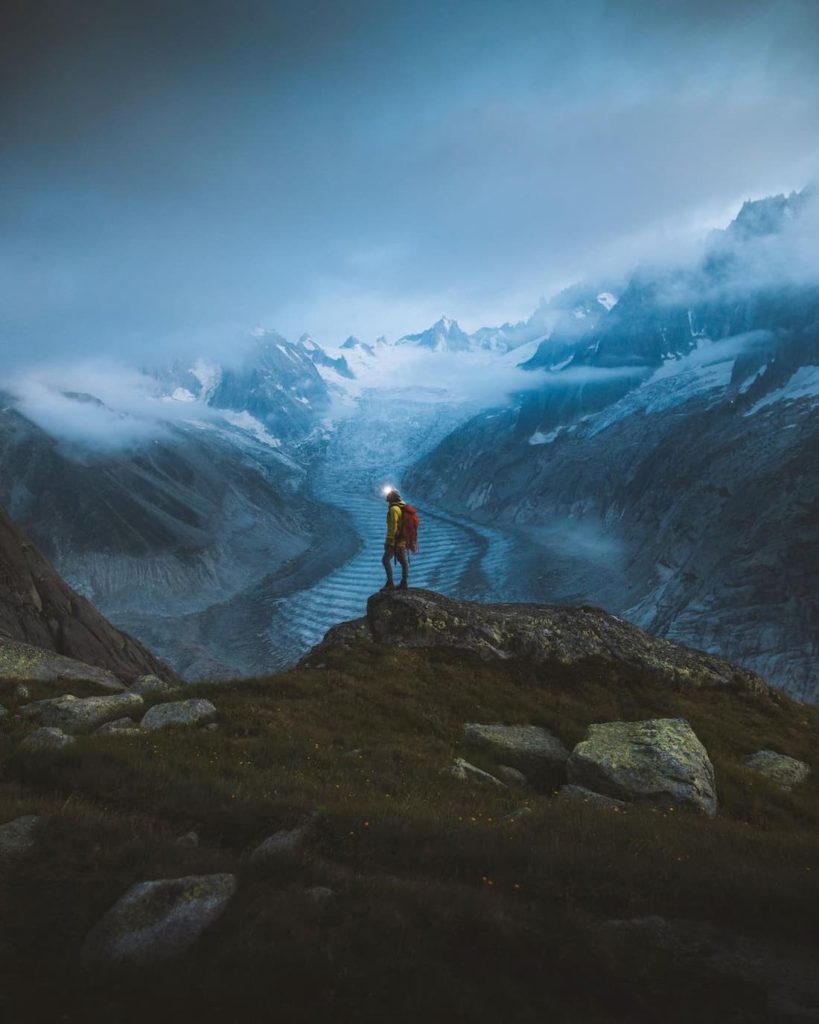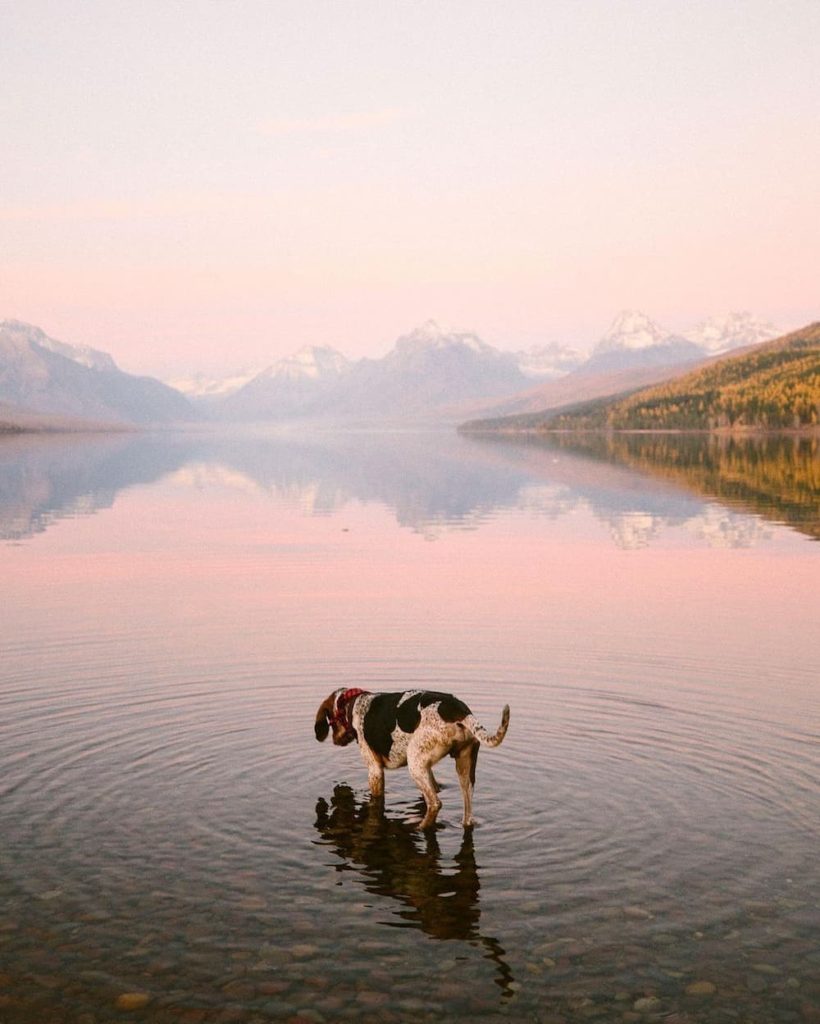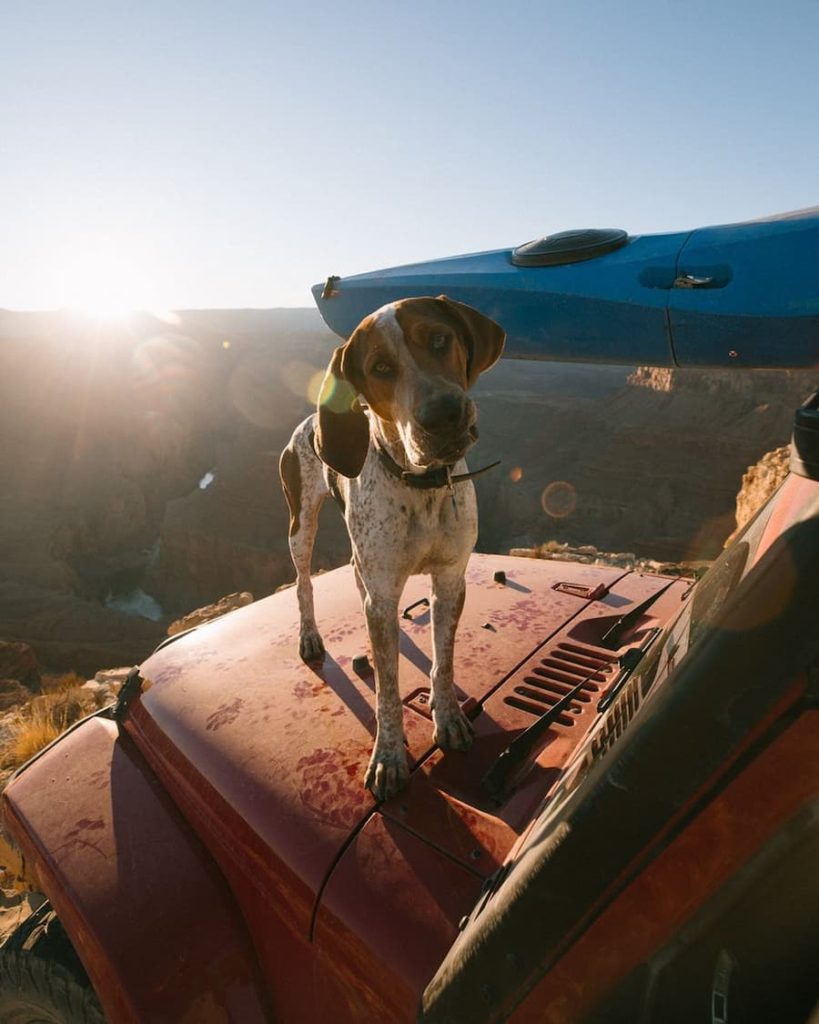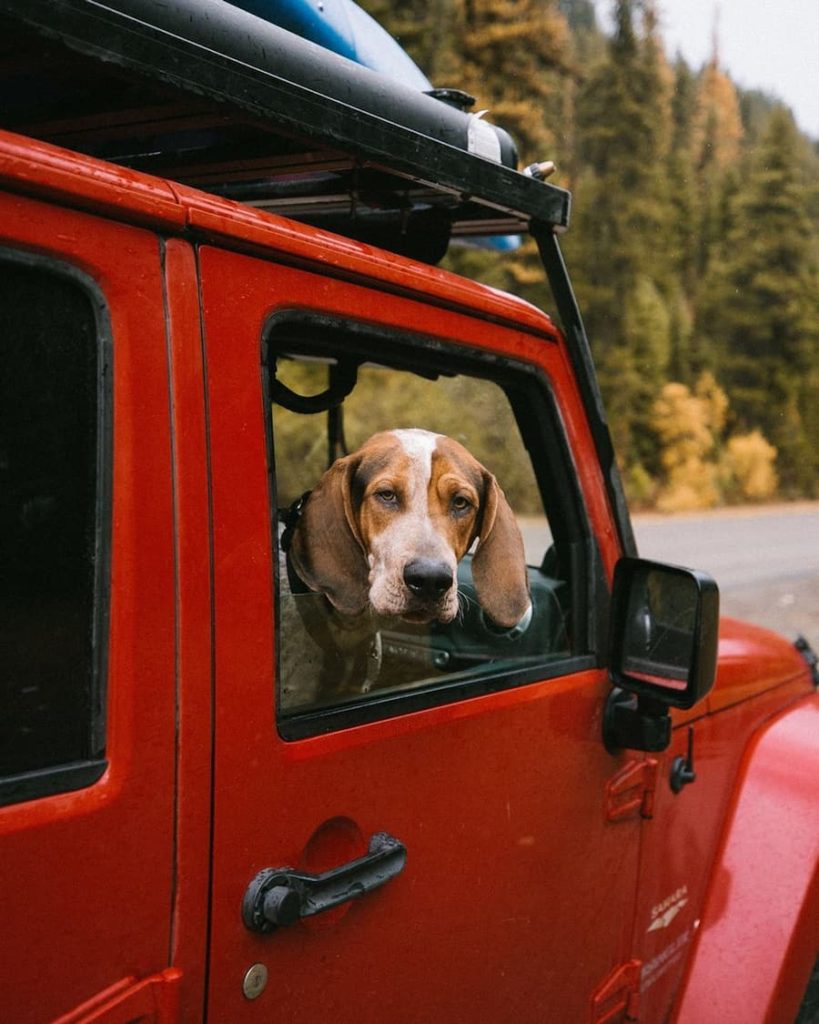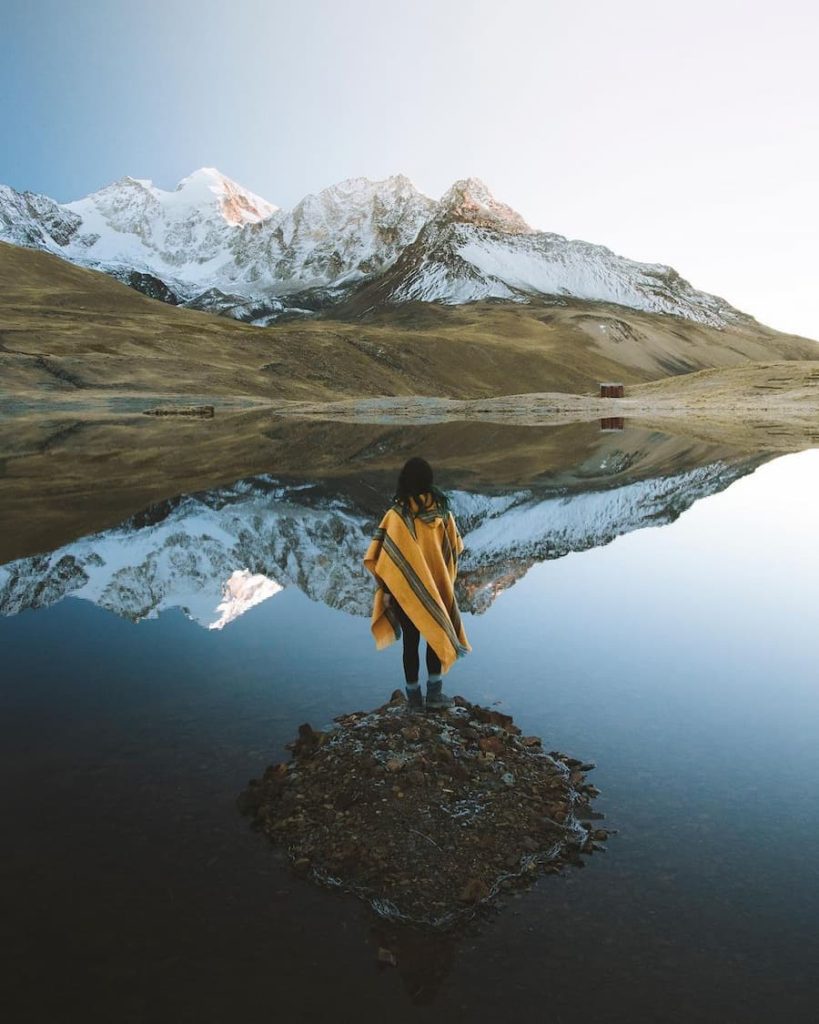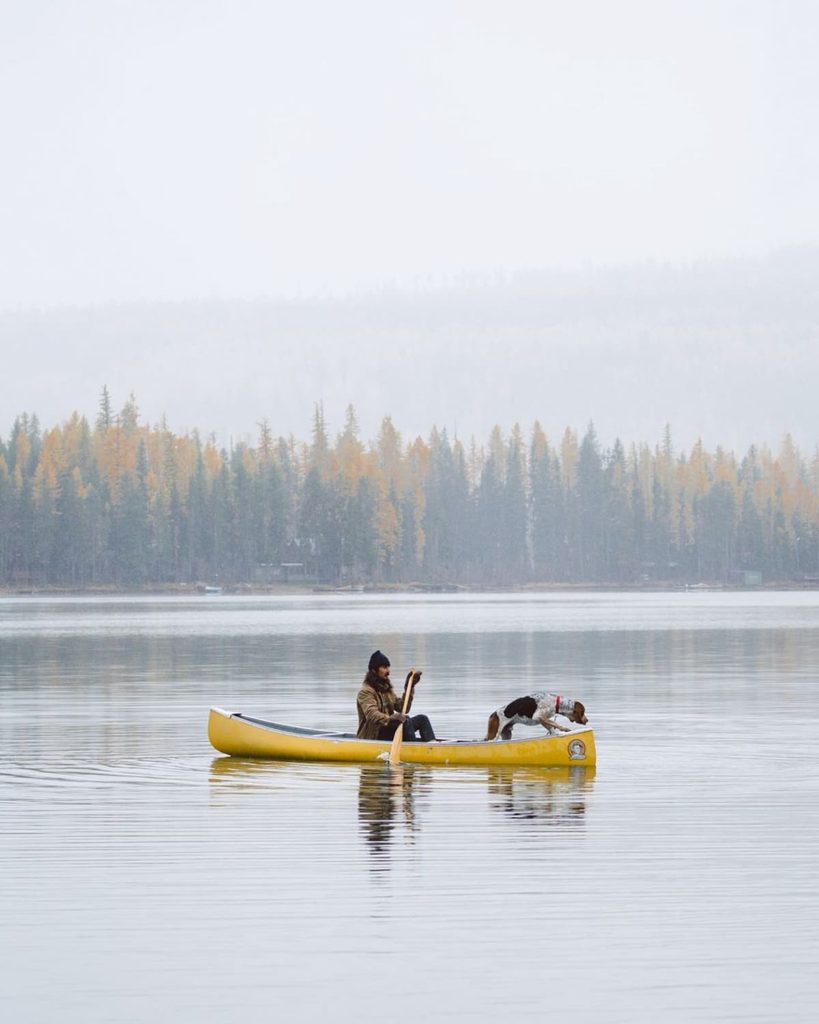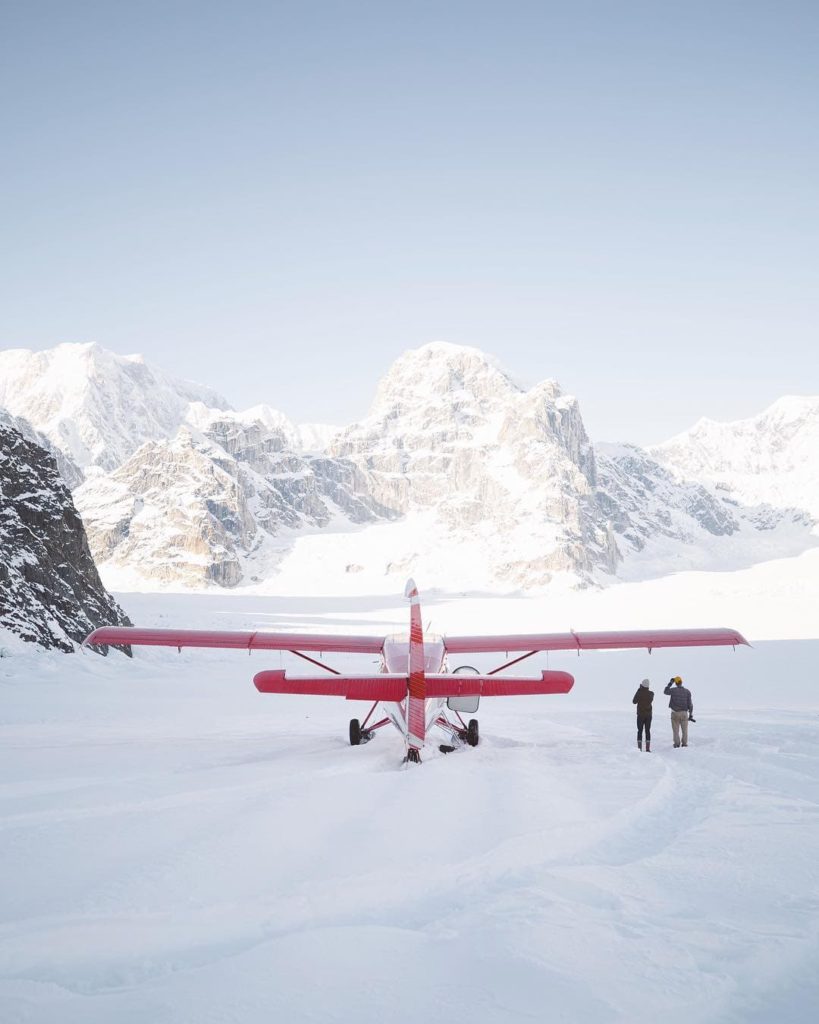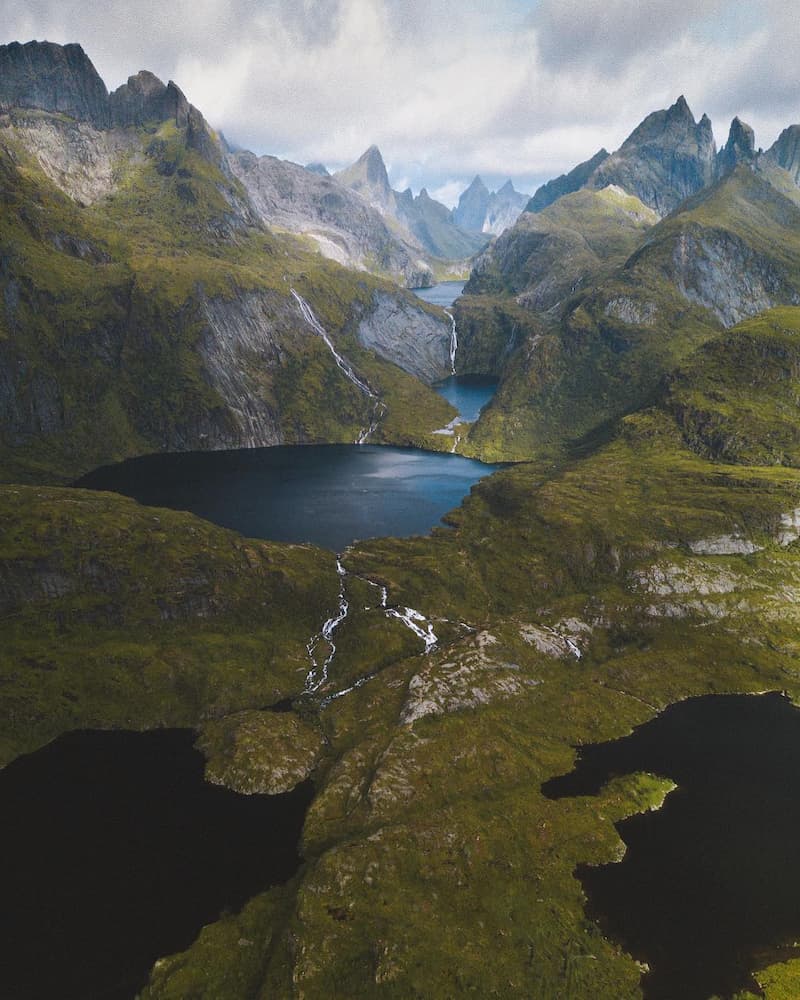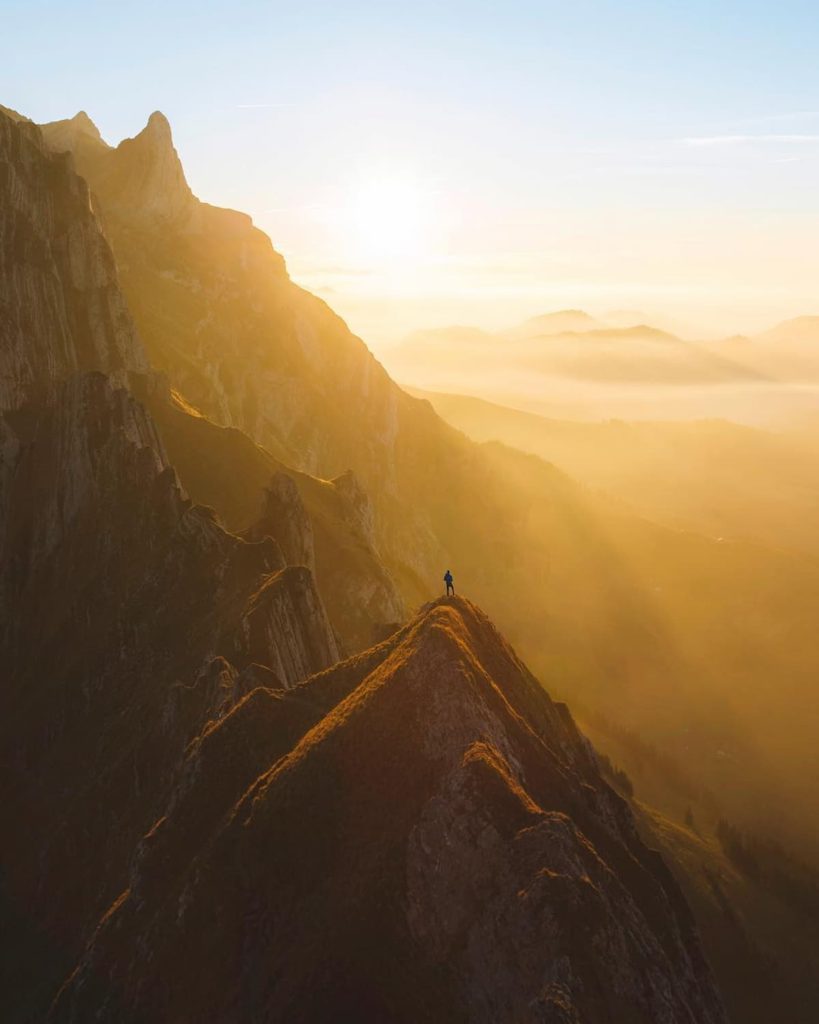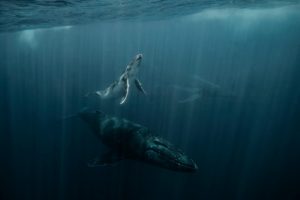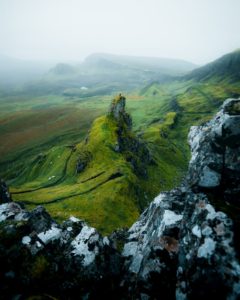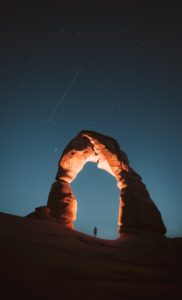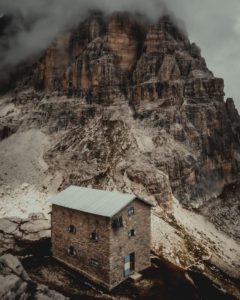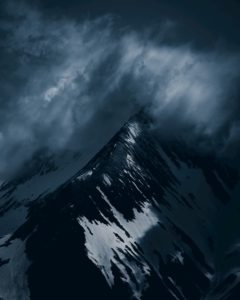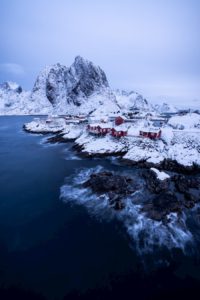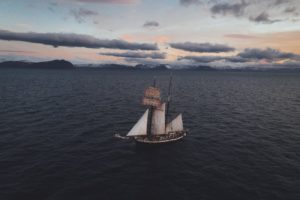
Rod Trevino
@rodtrvn
Landscape photographer based in the US
Introducing Rod Trevino
Good things take work and are not always easy. But as long as you trust the process, there will always be hope for you to achieve your dreams.
The past of Rod Trevino exemplifies this beautifully. Since a young age and as he scrolled through Nat Geo’s magazines in the classroom, he envisioned himself taking similar images in the future.
Subsequently, he studied a Bachelor’s in photography, although he learned what he needed and never graduated. In this regard, he mentioned: “I thought I could do my own thing. Furthermore, deep inside, I thought becoming a photographer was almost impossible. Even though it was my dream, it felt just like that, a dream.”
So while he continued shooting just for fun, he found a job at a car rental company. He dedicated every free minute to exploring the PNW and mastering his craft. But eventually, he got fired. “Getting fired was one of the best things that happened to me. They pushed me out of the cliff. The situation I was in was far from perfect, but I was in for the challenge. I remember moments when I just had enough money to feed Rango (my dog). I was hungry, but I was happy that I at least had enough for him.”
As he kept trusting the process, exploring and shooting, his work and account were included on Instagram’s list ‘Top 15 nature photographers’, which back in the days was a huge deal. “There were a lot of big names on the list, such as Alex Strohl or Chris Burchard. I grew 40k followers in 2 days, which was incredible at the moment.”
Rod used this momentum and reached out to brands in the outdoor industry. These businesses contacted him back, and he negotiated the deals. “As cliche as it may sound, I would say that if you believe you can do it, then it will happen. Hard work does pay off.”
In this interview, Rod is giving away career advice, and his creative approach and use of gear were also eye-opening. Most importantly, the story he shares about Rango, his dog, and the adventures they lived together is what makes this interview a must-read! Keep reading!
Interview
Welcome, Rod! According to an Instagram feed post you shared, adversity and Rango, your dog, brought you to becoming the photographer you are nowadays. Can you tell a bit about the start of your photography career, the challenges you faced, and the drive you had to overcome all of them?
It has taken a lot to be where I am right now. It has been a struggle, but I am happy. Good things take work and are not always easy.
In fourth grade, I had a teacher who showed me National Geographic magazines. I loved playing chess as much as I loved checking those Nat Geo magazines. I would look through them and be like: ‘wow! I can do that, I can take this photo’. But obviously, the photos that inspired me were quite hard to take. I realized that as I grew up older.
In this regard, Graciella Ectucvidas, a Mexican photographer, also inspired me a lot through her books.
I studied in San Diego for a Bachelor’s in photography. I learned what I needed and never graduated. I thought I could do my own thing. I feel like the uni was useful to learn the basics. And then it challenged me a little bit, but I feel like finding your style comes from you and your creativity. I don’t think you can teach that. I learned about functions, settings, history, other photographers, and so on. I would look up to Ansel Adams when I was in college.
"Somehow, deep inside, I thought becoming a photographer was almost impossible. Even though it was my dream, it felt just like that, a dream."
However, I decided to shoot as much as I could, and in the meantime, I found a job at a rental company. I worked 5 days a week, and by the end of the week, I would pack all my things and drive anywhere in search of new landscapes and new adventures. On Mondays, I would feel discouraged to go to work. I just wanted to be outside, photographing. I would always camp, drive with my Mini cooper, put my tent and sleep wherever. When you are young, it doesn’t matter. I would never do that now, but back then, I would go straight to the mountains and then back to work. Every week the same thing…
Eventually things turned around as I got fired. However, this was one of the best things that happened to me. They pushed me out of the cliff. It would have been hard for me to jump otherwise because, in my mind, I thought I needed money, I had a dog, etc. So when I got fired, I didn’t get another job. I just went all-in and pursued photography full-time. Even though I knew the path was hard.
At the time, I didn’t know what to do. I just got fired, I had to pay rent, I was also taking care of my dog, and far away from my family. When I got fired, I didn’t even tell anybody. I was 24 at the time, and I didn’t even update my parents because I didn’t want them to worry. In a way, I wanted to do my thing and struggle a little bit. Struggle can be a catalyst to build character. The situation I was in was far from perfect, but I was in for the challenge.
I remember moments when I just had enough money to feed Rango (my dog). I was hungry, but I was happy that I at least had enough for him. Taking care of Rango gave me that extra motivation to keep the dream alive. He relied on me to put food on his plate, and that’s what kept me going.
"I started contacting companies, working in small gigs to generate some money. Luckily, I had been shooting since 2009. So during the last 6 years, living in Portland, I shot extensively. Oregon is such a beautiful place to live and you have lots of things to discover and photograph."
This period of my life helped me grow as a photographer, and interestingly, it was also the start of nature photography on Instagram. There were not a lot of photographers sharing landscape content on Instagram, and I could maybe name most of them. That was good for me because many people didn’t know about the landscapes of Oregon. Living there, I could show the world some of its most beautiful locations. Overall, to be one of the few to show its beauty was perfect timing and probably the best decision I have ever made.
Instagram was so different back then. It would feature photographers on the explore page, and there was even a section about the top 15 nature photographers. There were a lot of big names on the list, such as Alex Strohl, Chris Burchard, and I was there for some reason. I grew 40k followers in 2 days, which was incredible at the moment.
When I got fired, I had like 60k followers. And then I just kept going.
Do you think that Instagram played a role in your path as a photographer in deciding to go full-time?
Yes, I knew that you needed to have a following to get paid by companies for influencer campaigns.
I also felt like I didn’t need much money to live or fancy things. I just tried to move forward without thinking about the costs too much.
How did you start landing your first gigs?
I contacted outdoor companies at the beginning. I noticed what companies were working with photographers like me, and then I would send them an email. They would contact me, and I would then negotiate the deal.
Looking back in time, do you remember any significant projects you have done that gave you a chance to use and demonstrate your artistic talent and get your name out there? Can you please share with us at least one of them? How does this project influence your professional career?
One of my most memorable projects was my Canon Alaska project. I pitched my dream trip to drive to Alaska for 6 months and they agreed to fund the project. I received full trust and complete artistic direction. I was able to capture my life on the road with Rango without a strict schedule. Our destination was always wherever the weather looked best and that always allowed me to capture the most magnificent photos. These photos got the attention from many people and it was a big turning point in my career.
In one of your captions on Instagram, you wrote: “My 20’s have been full of adventure. I look back and appreciate all the things I’ve done and everything I’ve seen. Today I turn 30 and I’m excited for this new chapter in my life.” Could you tell us about one remarkable adventure that, in one way or the other, truly changed your outlook on life or challenged your worldview?
One thing that I did not mention about my Alaska trip was that I went on that trip because Rango had cancer. I didn’t want him to go with chemo and instead decided to give him one last epic trip. I wanted to give him the best life he could ever live. When I first adopted him, he was afraid of people and didn’t know how to walk up the stairs. At the end of his life (at the age of 3), he was climbing mountains in Alaska. That thought brings me joy. Yes, he was very young at the time and that changed the way I view the world. We can all die at any moment and can we all say that we live our best life?
"We all have the ability to change that. We can all live like Rango during his last days."
On your feed, we see quite some desert photographs, but also surf shots! What attracts you about one and the other? And how do you adapt the way you photograph to the different types of scenes/light?
Yes, my work is mostly nature but I also enjoy shooting other things such as surfing. Being in the water is a way for me to be close to nature while still being in the city where I currently live (San Diego). I love experimenting and trying new things that challenge me. Although the process is different, I think it makes me a better photographer.
You also shoot on Film. What is it that you like about this type of photography? How is shooting on film different from shooting with a DSLR, for example, both when photographing and when post-processing?
Film is what got me into photography in the first place so I have a deep connection with it. I think they are both very different because with film, you really have to think about the photo that you are trying to capture since each roll has 36 images. With digital, you can shoot until your battery or memory space runs out. You also don’t know the outcome of the film roll until you develop the film. I always say that getting your film back from the lab feels like Christmas.
Can you share with us three photos you are proud of and explain why exactly these photos make you feel like that?
I actually have one photo that beats any photo I’ve ever taken. Not only because of the lighting or composition, but because of the story behind it. I was fired from my previous job and like I said before, I was struggling with the decision I had to make. I thought it would be a good idea to get out of the city (Portland) and go into the mountains to escape my current situation. My dog (rango) and I made it to the top of the mountain in the dark and set up the tent. We woke up the following morning and our surroundings were covered in snow. Mt. Hood was right across from us and I had never seen it look this good. I pulled my camera out while I was in the tent and captured a few images. It was at this moment that I realized that I knew what to do about my conflict.
"I told myself that I would do what it takes to become a photographer even if that came at a cost."
You said, “As an adventure photographer, I collect a lot of outdoor gear. While I’ve built up my business, I realized it was time for an upgrade.” What is your favorite outdoor gear and why? What tools/gear have resulted to be indispensable for when going out, in whatever environment?
Nowadays I am using a Canon. I used to work with a mirrorless IOSR, but the battery didn’t last that long. I used my 5d3 with 24-70 mm 2.8 and a 16-35 mm, which I use sometimes. The one I shot with the most is my 100-400 mm, which is a long lens.
In Dubai, for instance, every single shot I captured was with this one. The other photographers were surprised because it is a huge lens. Once you get to use it, you see photography differently.
"In the beginning, I was searching for other perspectives with the wide-angle. Now I find things from far away. I can zoom and magnify everything."
Everything looks big and sharp. For now, I am trying to see things from close and far away, which is a nice thing to have. Whenever I see a little tree far away, I can zoom in and capture something unique. People would not even notice those images are possible to capture and on many occasions, I have been on trips where I have been the only one using such lens.
In collective trips, people would get similar photos. I would show them my photos and they would ask how I capture such photos. “We didn’t see that, they would tell. Well, I have a telephoto lens and a telephoto eye.” That is always my response.
It brings something unique to my photography. I have seen this lens more and more, but this is something not a lot of people have. People don’t want to carry heavy things. I have been backpacking in the mountains in Peru, with my drone, big camera, at high altitudes, where you cannot breathe. It is hard work, but worth it in the end.
Nevertheless, I would say my favorite tool is my kayak. There is no better feeling than paddling out into a still lake during sunrise surrounded by mountains. The amazing photos that it allows me to capture are an added benefit.
Nowadays, we see many youngsters pursuing a career as landscape photographers. There is not a specific path to follow to become one, though. Looking back to your past experiences, what pieces of advice would you like to share with these young talents? We are sure many of them look up to you Rod, so it would mean a lot if we could share some of your wisdom with all of them 🙂
As cliche as it may sound, I would say that if you really believe you can do it, then it will happen. Hard work really does pay off. I would advise any beginner to forget about fancy equipment and focus more on lighting, composition and the subject they are shooting. Develop a style that is unique and really conquer it. It’s not the camera that makes a great photographer. Yes, it does help but the way I see it, a nice camera is only the tool we use to bring our vision to life.
Also, you don’t have to build a portfolio from day one. You can grab a backpack that you already have and then practice. So start with things you can find at home. In a way, you can pretend that you are shooting for such a brand and then use that as practice. Furthermore, you can post the photos on social media and tag the brand. They may recognize the product and reach out to you if they enjoy your work. And you never know, they may end up hiring you if you have a good idea.
In conclusion, don’t rush into working with brands if you are not ready.
In one of your Instagram captions, you said: “Since the pandemic began, I did not do much to challenge my creativity. I felt stuck and uninterested in picking up my camera. I let the months pass me by without taking photos.” How did you get out of this creative block? What effect did this period have on your well-being, your work, and your life? How did you manage to break the cycle?
I think every artist goes through a certain kind of block. For me, that block was due to the pandemic. I wasn’t able to travel so I stayed home and felt like I wasn’t a photographer. I was forced to cope with the situation and that helped me. I picked up surfing again and fell in love with the feeling. The feeling of being stuck in my city but also looking for that sense of freedom of being out in the ocean. Even though I don’t post most of my surf photography, I began to photograph that for my own personal pleasure. I felt the same thrill as I did when I would hike miles just to get the shot.
As an avid traveler and photographer, what are your dreams for the (near)future? What do you wish to accomplish, to learn, to explore?
I have a very ambitious dream that I’ve been working on since the pandemic. My girlfriend and I have been restoring a 4×4 camper which will become our home in the near future. Our plan is to head down to Baja, Mexico while looking for some of the best waves. Drive to Alaska to capture the northern lights. Drive to the east coast to experience the autumn season. I like to have freedom as I travel so our plan is not set in stone. I allow the weather to guide my decisions.
Would you like content like this sent to your inbox?
